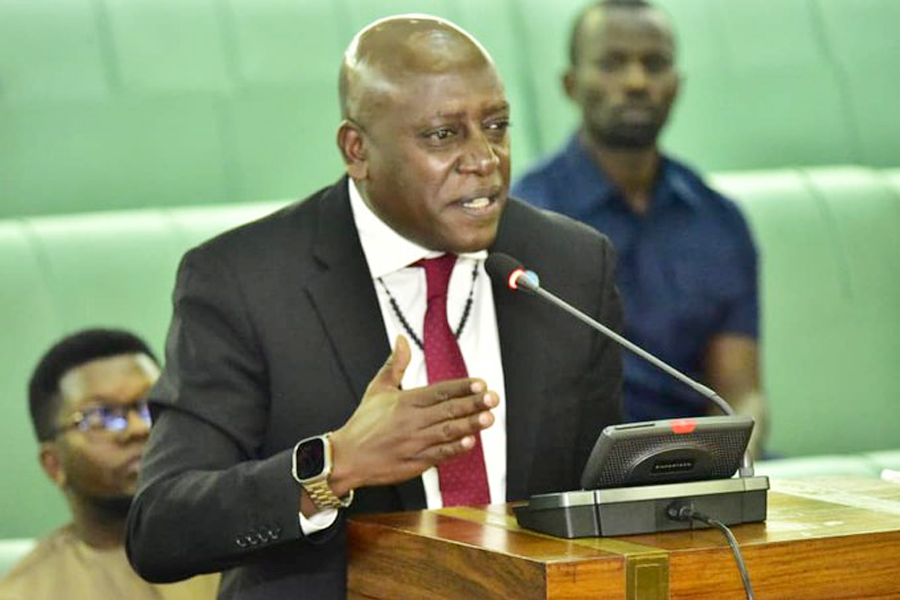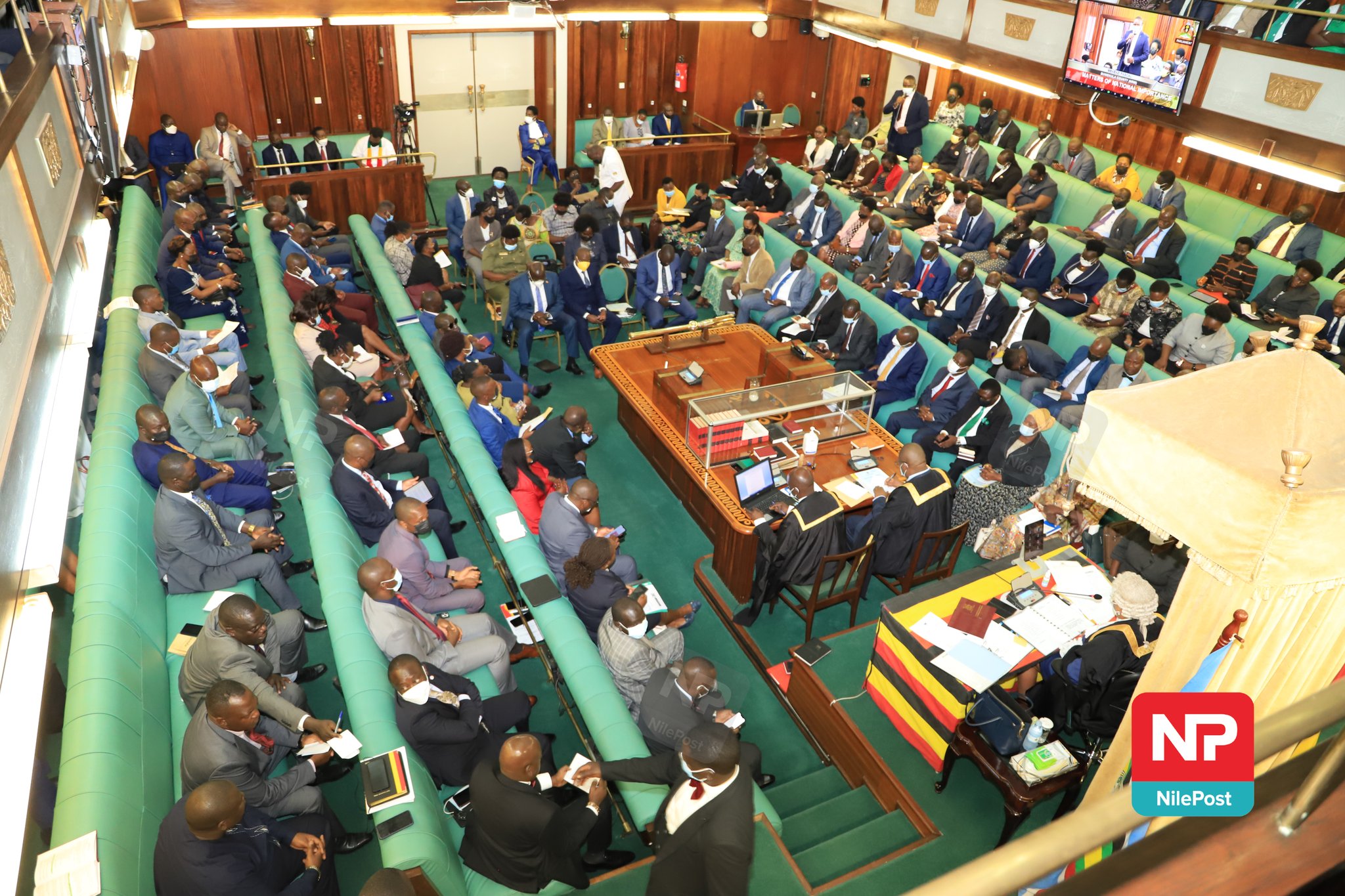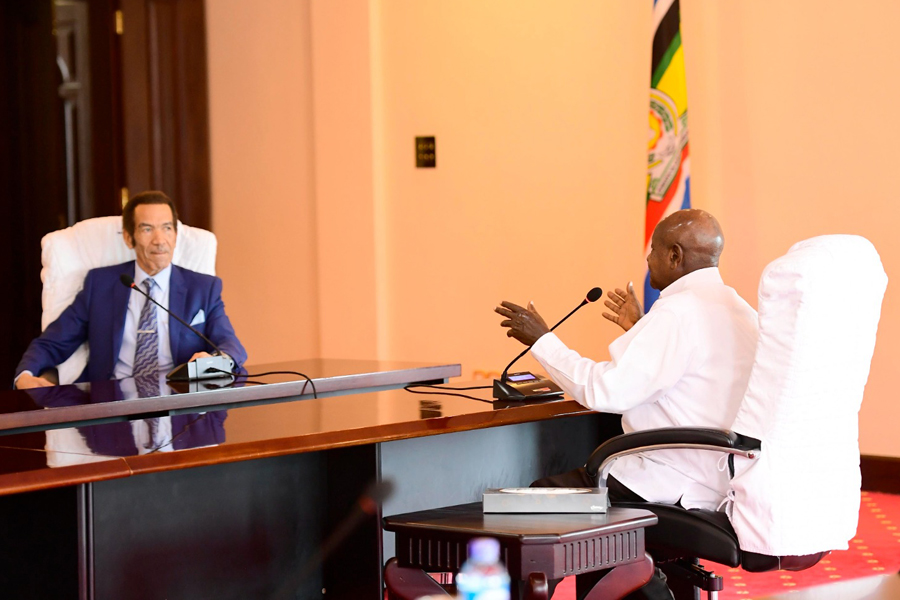Why Uganda is seeking Shs 736 billion to meet revenue shortfall
Uganda is in the process of borrowing Shs 736 billion to mitigate revenue shortfalls in the running financial year 2017/2018. This money will be collected domestically from various players but most especially commercial banks.
This is not the first time government has moved to borrow domestically but the question is: why the decision even with multiple international bodies and agencies with bigger reserves to lend to Uganda?.
Keep Reading
- > Stanbic appoints Mwogeza, Dokoria as interim Chief Executive, Executive Director
- > Stanbic basks in earns Shs412bn profit after tax
- > Stanbic Bank's national schools championship hailed for role in improving learners' performance
- > Stanbic, UN Women commit to supporting more female-owned businesses in Uganda
The quicker answer is that it is easier to borrow domestically with less procedure and less stringent measures yet more than willing lenders.
Most of the domestic borrowing is done to cover recurrent expenditure, this accruing from government’s expenditure being much higher than the revenue collected.
Whereas borrowing in essence is not a bad idea, questions arise on purpose of borrowing and maintaining the debt to GDP ratio .
With the international standard that is currently at 50% and Uganda standing at approximately 38% , our debt is theoretically still sustainable.
However the challenge is whether we can implement the projects for which we seek loans.
As the discussion on domestic borrowing gains momentum, the issue is whether the 24 commercial banks have the capacity to cobble together this money for government.
“Government borrowing is not good news because it crowds out private borrowers thus interest rates rising . In such a way, banks tend to lend more to governments which are more reliable," said Prof Augustus Nuwagaba, an economic policy expert.
Interest rates are a major determinant of the cost of borrowing in Uganda and other countries.
In the case, save for government borrowing, Uganda has insufficient financial depth accruing from a poor saving culture currently standing at 0.23% compared to Kenya’s 0.62%.
Non performing loans only make the situation of borrowing in the country worse. With many bad debts accruing from non performing loans, these automatically constitute losses to the banks which in the end pass on the loss inform of costs in interest on loans.
Savings through institutions like the National Social Security Fund (NSSF) would provide alternative sources for borrowing, making capital available and thus managing interest rate on loans.
Although Kenya legislated to cap the interest rate at not more than 4 percentage points above the central bank rate, the statistics randomly sampled from various countries show that government borrowing tends to push the interest rates up save for the variances in the economies too.
INTEREST RATES
Kenya – 14.5%
Rwanda - 16%
Tanzania – 17%
South Africa – 10%
Botswana – 6%



















